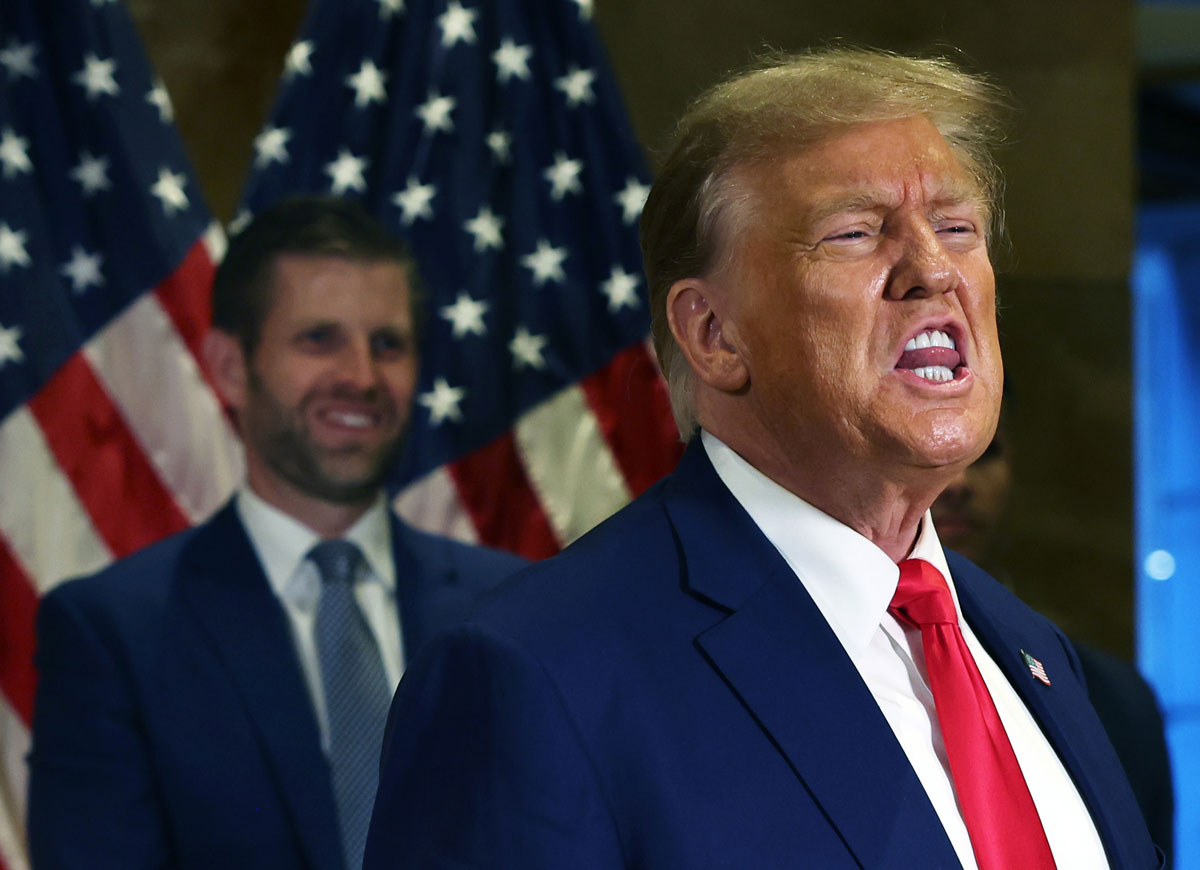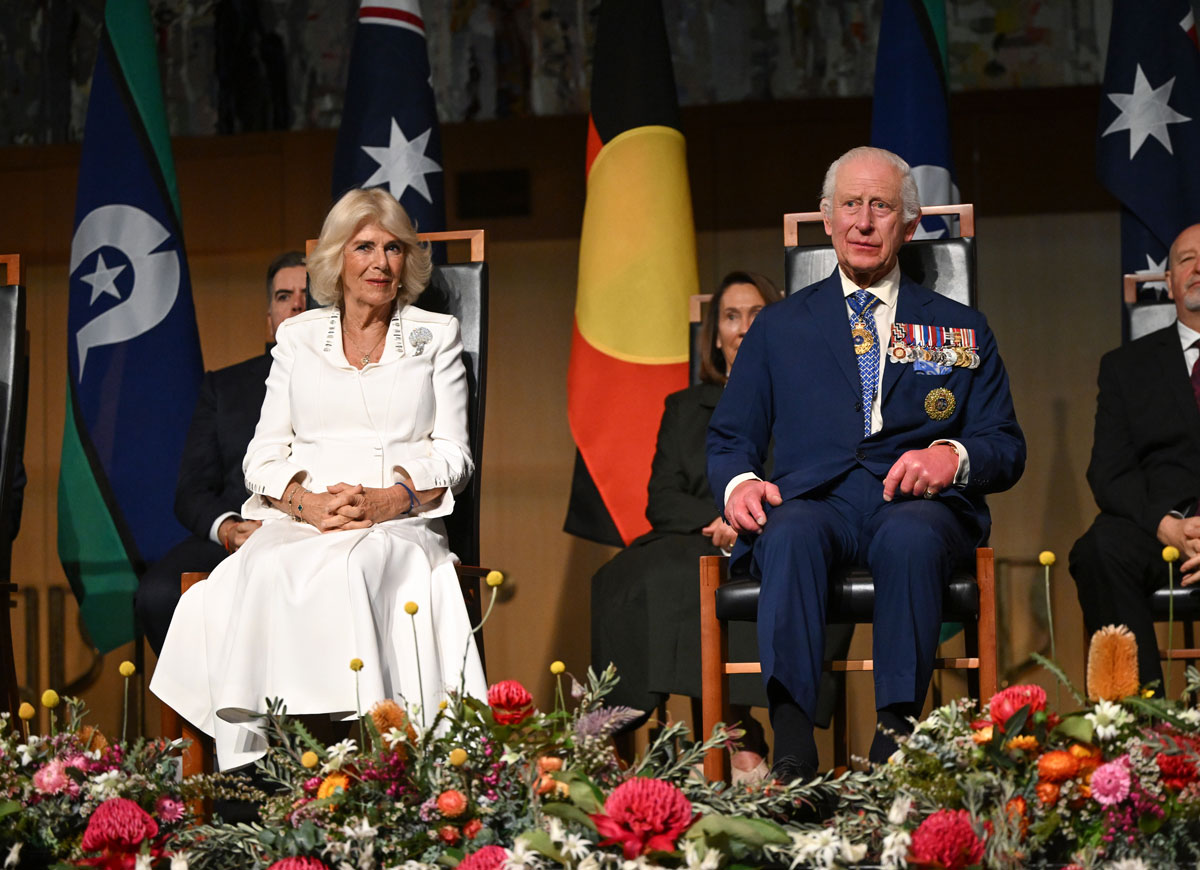Trump Places ‘Liberation Day’ Tariffs On Several Uninhabited Islands Whose Only Residents Are Penguins
President Donald Trump placed tariffs on almost 90% of nations, including some uninhabited areas, during what he called “liberation day.”
The CIA World Factbook describes the uninhabited islands as “80% ice-covered,” “bleak,” “small” and “rocky.”
Economic activity there ended in 1877 when the trade in elephant seal oil stopped, and the human population of sealers departed from the remote islands, which are located en route from Madagascar to Antarctica.
Subscribe to our free weekly newsletter!
A week of political news in your in-box.
We find the news you need to know, so you don't have to.
According to the official Australian Antarctic Program website, the Australian government’s Antarctic Division manages these islands, which are “unoccupied by humans and remain one of the world’s least anthropogenically disturbed areas.”
“Due to the extreme isolation of Heard Island and McDonald Islands, together with the persistently severe weather and sea conditions, human activities in the region have been, and remain, limited,” the Australian government website states. “Terrestrial and marine research, undertaken as part of the Australian Antarctic science program, is currently the main human use of the Marine Reserve, while commercial fishing in the adjacent HIMI fishery is the most frequent activity in the region.”
“Since the first landing on Heard Island in 1855, there have been only approximately 240 shore-based visits to the island, and only two landings on McDonald Island (in 1971 and 1980),” the website also says.
On the other side of the planet, Trump has imposed a 10% tariff on the small, uninhabited Norwegian island and former whaling station of Jan Mayen. While nobody lives there permanently, a few military personnel rotate there.
The CIA Factbook mentions that it also has a zero economy and calls it a “desolate, mountainous” island.
Norfolk Island, a remote Australian territory with a population of just more than 2,000, was hit with a tariff of 29%, almost three times higher than the Australian mainland’s.
Norfolk Island is 1,000 miles northeast of Sydney, and its main industry is tourism. The island’s chamber of commerce says it ranked as the world’s number 223 exporter in 2019, shipping goods worth nearly $1.7 million, led by soybean meal and sowing seeds.
Data collected by the Observatory of Economic Complexity suggests that, in 2023, Norfolk’s exports to America totaled $655,000, the vast majority of which were leather footwear.
The self-administered territory of New Zealand, Tokelau, is facing 10% tariffs.
It comprises three atolls in the South Pacific Ocean with a population of almost 1,600.
It has an economy of nearly $8 million and exports of around $100,000.
Get the most-revealing celebrity conversations with the uInterview podcast!






Leave a comment